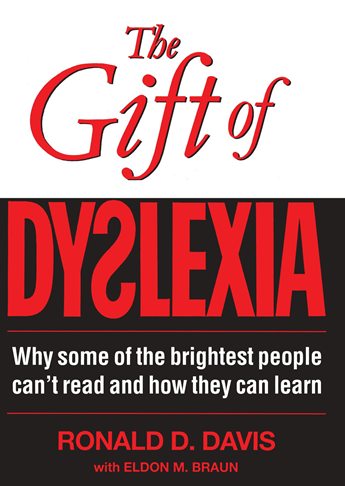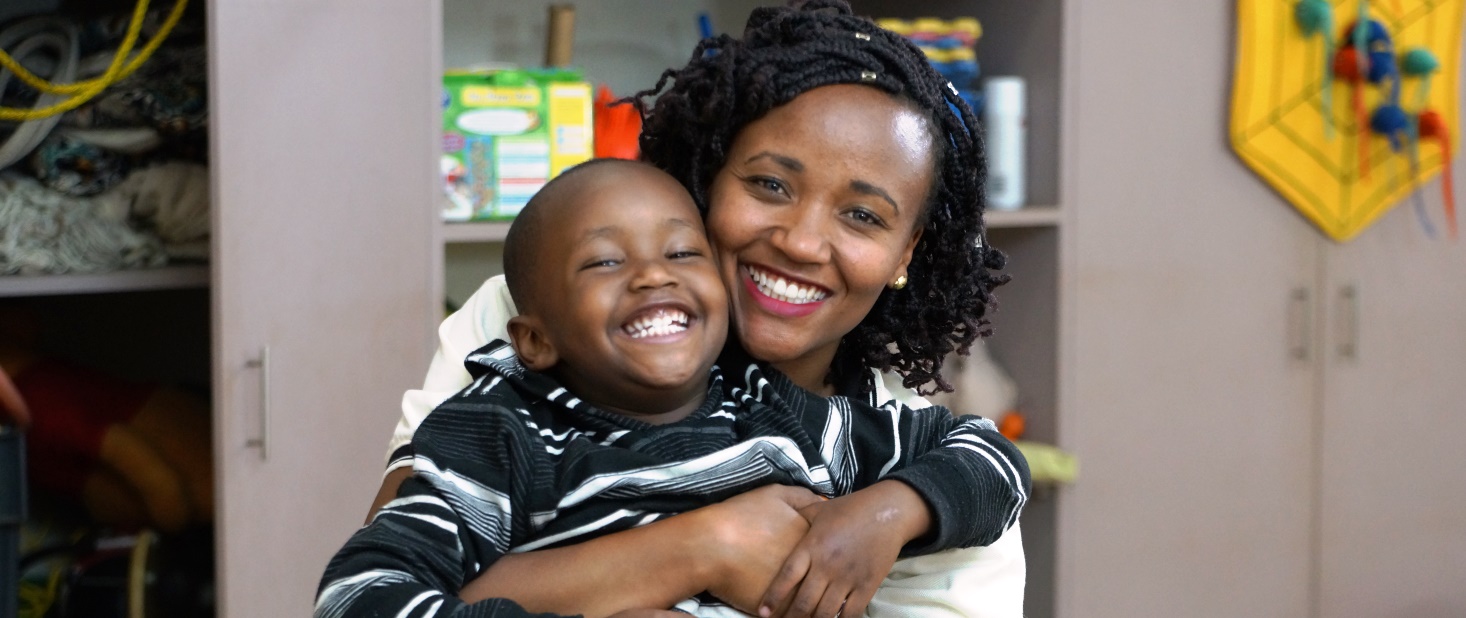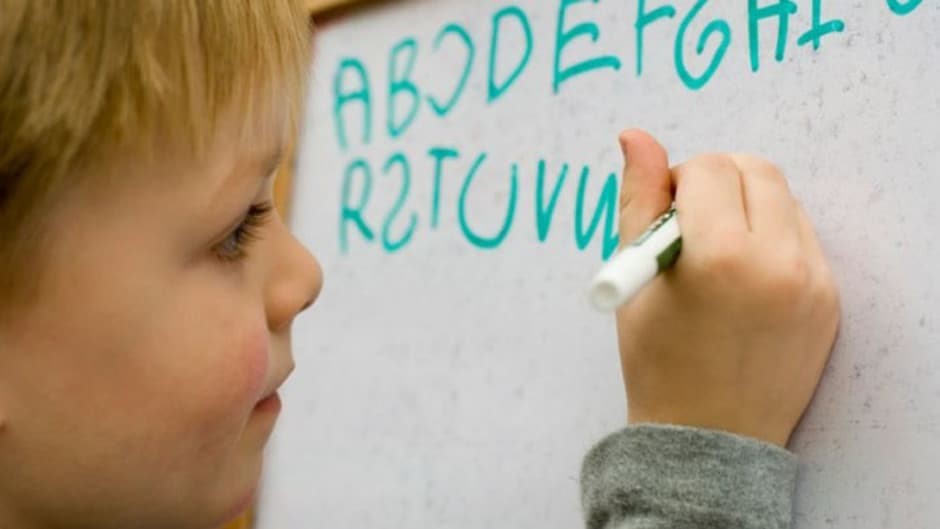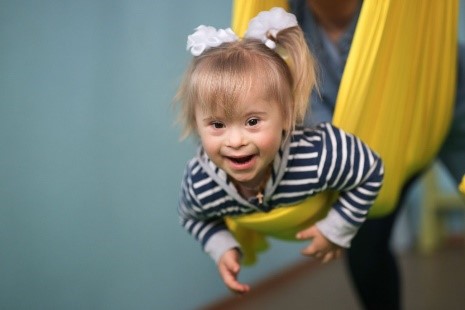
As a pediatric occupational therapist, I have worked with children with Dyslexia in schools and in a center set up over the years. In addition to providing occupational therapy interventions, I have always been curious to discover their strengths, gifts, and talent with them. This fact alone made the title perfect; it caught my eye and, without a doubt, my heart. I picked this book intending to quell my curiosity.
The Author, Ronald Deel Davis, is Dyslexic. As a reader, reading is more captivating from an author who has had a personalized experience with what they are writing about. This pick for a read was just right. I can only imagine how hard it was to be a dyslexic student in Donald Davis’ learning days. The teachers, parents, and the community were unaware, as we are now. Information about learning disabilities was not as accessible as it is now. With the internet, we are fortunate to have such information at the click of a button… I just digress; let me get back on track.
Davis' Perspective of Dyslexia
After reading the first few pages, I had to take pause. I discovered I needed an open mind and shifted my mindset to fully appreciate Davis’s work. Why so? Well, Davis had an interesting perspective on Dyslexia. According to Davis, Disorientation is one of the main challenges faced by a dyslexic learner. Dyslexics use disorientation unconsciously to perceive multi-dimensionally.
Reading on, I got a feel of how it happens. Davis talks about how a potential dyslexic (P.D.) infant, a two-year-old, a A 3-5-year-old, a 6-year-old, and a 9-year-old are affected by the multidimensional perception of the world around them in their dyslexic state. I nodded in agreement with his findings that the dyslexic learner is primarily a non-verbal thinker who has little or no internal monologue. Dyslexic learners think with mental pictures and hear what they are reading while reading aloud. This picture-making process for dyslexics is stopped by trigger words and or unknown words.
I once watched a film with blank gaps in between; I felt confused and frustrated and finally just quit watching the movie. I couldn’t get the film’s plot, and as much as I tried to concentrate, the gaps made my efforts futile. I related this to Davis’ description of the Dyslexic learner’s process. I understood why they find it hard to comprehend what they are reading, why some are so frustrated with schoolwork, and why some eventually give up. I now get it.
The Davis Procedure
Davis created the Davis Procedure, which enables the Dyslexic learner to control disorientation, thereby governing the dyslexic symptoms. This approach involves orientation counseling and symbol Mastery.
The Gifts of Dyslexia
The best part of the book came when I explored the different gifts of the dyslexic learner/individual. If not suppressed by parents or a rigid educational system, dyslexic learners can develop into great creatives and masters in their gifting. For Albert Einstein, it was physics; for Michael Jordan, it was basketball. Amazing! Right? Try to pick out any famous person with Dyslexia and identify their area of mastery.
The Thoughtful End
As I finished the book, I had a few questions running through my mind:
- Are there Davis Method Providers in Africa, specifically in Kenya?
- Is there a Davis Program available for teachers?
I went on to research and find answers to these questions. Not just to quench my curiosity but also to understand what is going on in Kenya, Africa, and Online concerning the Davis Procedure. Here is what I found out:
- There is a Davis Procedure practician in Kenya. They can be found at www.dyslexia-africa.com. Their telephone contacts are +254 721 492217 or +254 733 513 821.
- There is a public Facebook group dedicated to issues related to the Davis Procedure – Davis Dyslexia Support
- There are different Davis Learning Strategies workshops for teachers conducted in different regions.
- There is the Davis Dyslexia Association Africa – DDAA.
To learn more about Davis’ extraordinary story check out www.davisautism.com and look at the article Red dirt and water.

Book Details
Title: The Gift of Dyslexia
Author: Ronald D. Davis
Publisher: Souvenir Press
Year: 1997
Pages: 258
ISBN: 0285634127
Special Features: The typeset is larger than normal text and with the fewest possible work breaks in order to make it dyslexic – friendly
In Conclusion
I would gladly recommend this book to parents, teachers, occupational therapist and any one curious about Dyslexia and the Gift of Dyslexia with only one advice… “Have an open mind” 🙂
Have you read this book? Do you have any experience with the Davis Procedure? Do you have any questions regarding Dyslexia and the Davis Procedure? Leave a comment or chat with us on WhatsApp. You can also get in touch with us. Don’t forget to share widely.
-
Previous Post
Occupational Therapy Strategies for Dyspraxic Students




